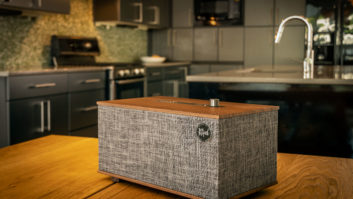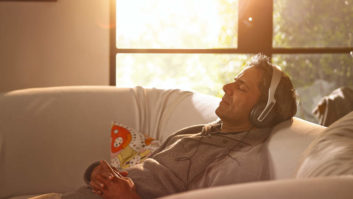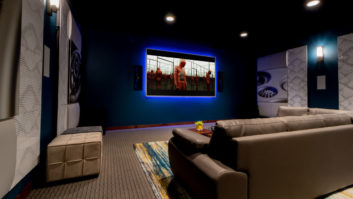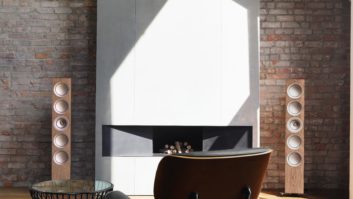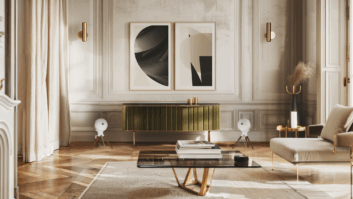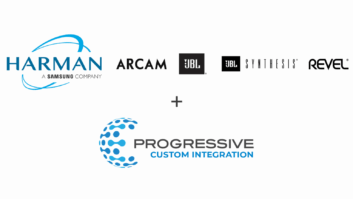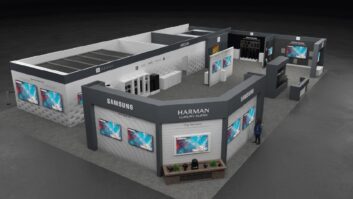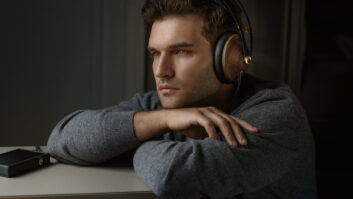While the term “luxury” conjures up a range of different images, depending upon whom you speak with, there’s no denying that it implies something that’s not strictly necessary. Whatever that luxury item may be, it’s always a status symbol and, above all, it is meant to be of excellent quality.
In the world of audio, luxury is restricted to the highly passionate audiophile or — more likely — the very wealthy who seek to ensure their home is equipped with the very best and most stylish kit available. Futuresource Consulting defines a luxury home audio component as costing $5,000 or more, with speakers costing $10,000 or more per pair. We estimate this market to be worth over $400 million in the U.S. alone, and approaching $1 billion worldwide. Those who can afford such equipment tend to be cash-rich but time-poor. As a result, they rely on others to make recommendations and this has massive implications on what brands they acquire and which channels they buy from.
The brands involved are diverse and — in many cases — not even familiar to the mass market consumer. Specialty luxury brands such as Bryston, Burmester, MBL, Krell, SIM Audio Moon and Wilson benefit from the cachet of being relatively unknown, whilst others such as B&W, Martin Logan and KEF carry flagship products the purpose of which is primarily to provide a halo effect for their mid-range, but still premium products. In the case of B&W this is the $70,000 Nautilus pair of speakers. KEF offers the $32,000 Blade speakers.
See also: Congratulations To The 2018 TWICE VIP Award Winners!
Luxury audio brands go to great lengths to emphasize the provenance of their components and precision crafting (often by hand) of every component. Magico references “state-of-the-art computer graphic modeling, precision real-time analysis and the most sophisticated CAD acoustic simulators and emulators available.” The source and type of materials used are frequently stressed by the manufacturers (e.g., “aerospace grade aluminum” by Wilson Audio).
Some of the products involved are genuine style statements, almost works of art. MBL’s $400,000-plus Reference Line System is a thing of beauty while French brand Devialet is carving its own niche with its highly distinctive Phantom range of wireless speakers.
The size, power and cost of luxury audio products implies they will be bought by owners of large homes. The 9 percent rise in house builds in the U.S. last year certainly provided good market growth conditions; however, the audio industry faces the increasing challenge of showcasing its products in an environment where high street specialist retailers are so few; their decline largely a response to pressure from online retail.
The potential luxury audio consumer requires careful targeting. Brands place an increased focus upon lifestyle magazines and exhibitions, together with specialty audio shows such as High End Munich and the Rocky Mountain Audio Fest. Devialet employs the tactic of associating itself with iconic public locations such as L’Opera in Paris and the more prosaic but busy public space of Newark Airport in order to reach the public eye.
See also: Ship It (Fast) And They Will Spend
An association with the high-end automotive sector is an advantage (e.g., Burmester and Porsche). One hugely important channel to high end customers is custom installers. This growing sector is responsible for around half of the luxury audio business, and Futuresource research shows that custom installers are hugely influential in the choice of brands made by their clients. It is, however, a highly fragmented channel (10,000-plus installers in the U.S. alone), so this brings its own challenges.
Futuresource believes that the market for luxury audio has a promising outlook with annual growth in value terms of at least 3 percent annually in the foreseeable future. With the average selling prices of luxury products costing around 10 times the overall market average, it is a hugely attractive segment for those brands that can gain a foothold.
Jack Wetherill is principal analyst, home electronics, at Futuresource Consulting.




